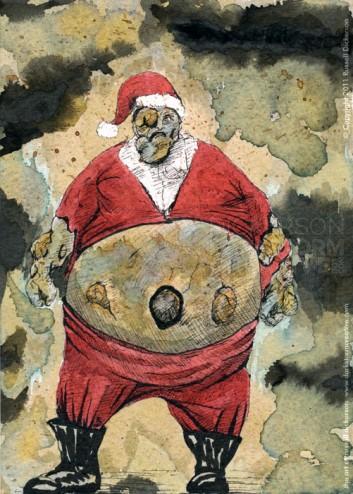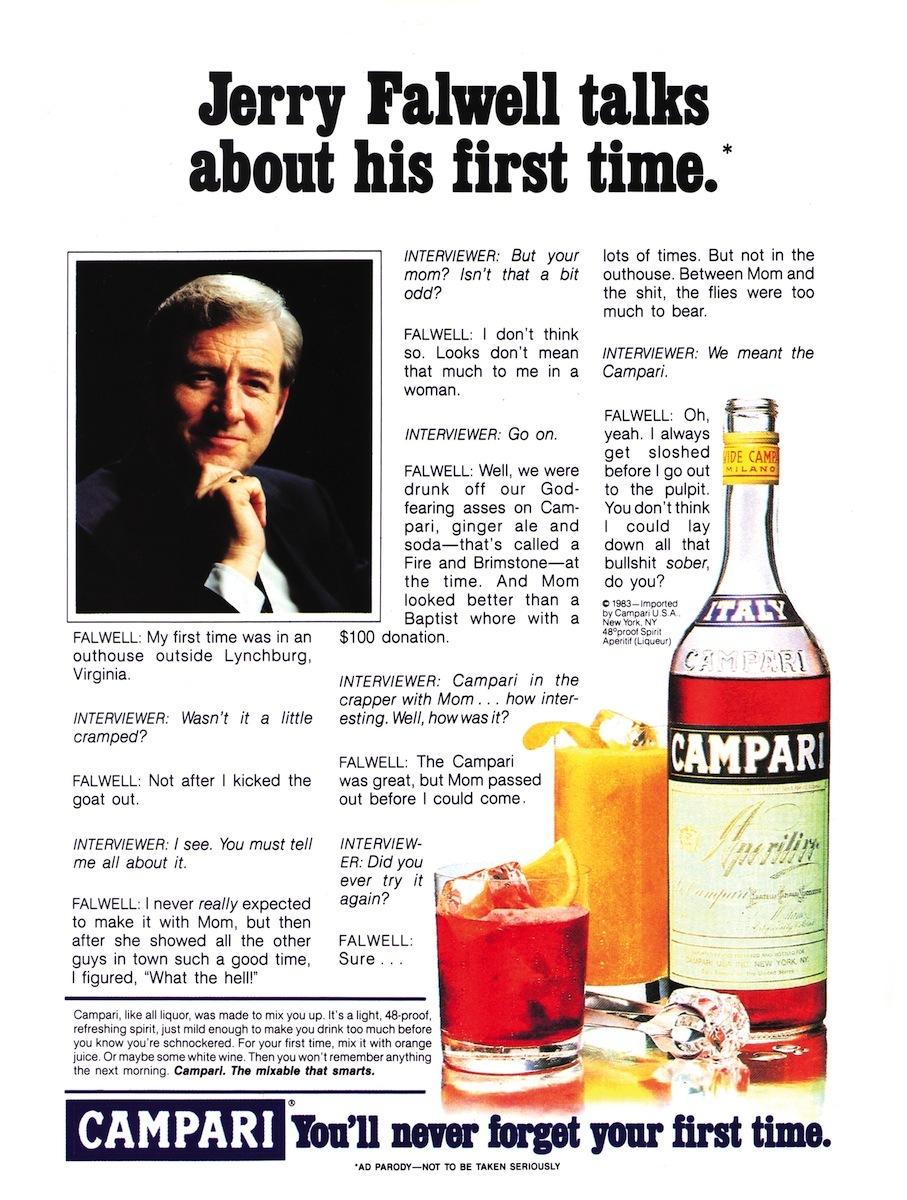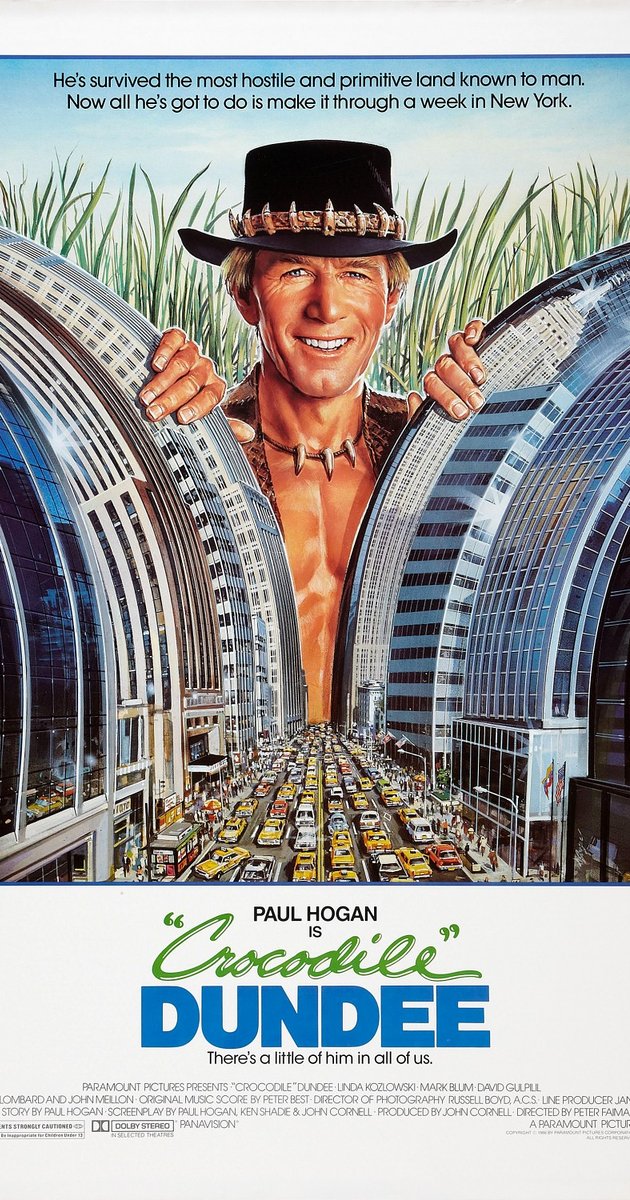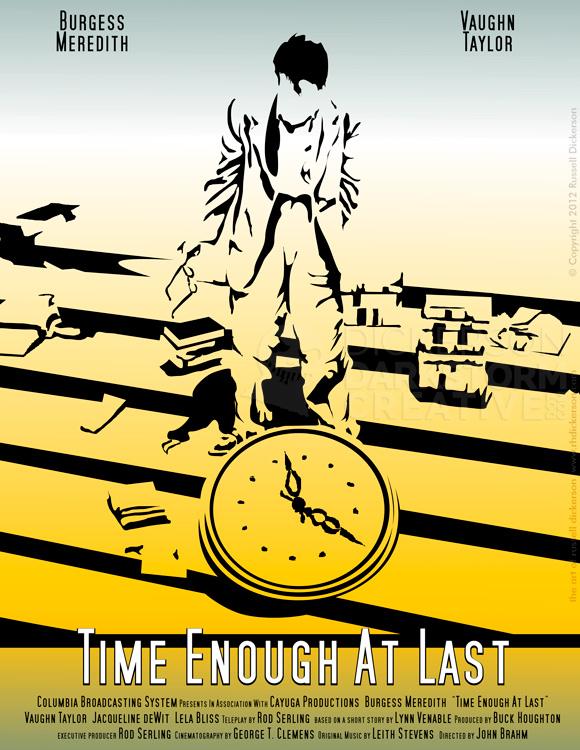Last week, I was doing a free-flowing session of ideas, whatever popped into my head. I started sketching an idea of someone running across a high bridge, with the zombies in heavy pursuit.
Now, the thing about being an artist, especially an illustrator, is that you have to come up with lots of interesting ideas for things that simply never happen. All of the things that are considered fantastic, like monsters, dragons, even zombies, simply don’t exist. You have to pull the right images in the right ways out of your head, and hope that the ideas work.
That’s not to say that, with practice, you can’t create images of the fantastic. Most things can be broken down into their respective parts. A dragon, for example, might have an oval for a body, a flat, squarish oval for a head, and various cylinders for arms, legs, and a neck. Throw in flattened ovals or rectangles for wings, if you need them, pepper everything with a little detail and shading, and BAM! DRAGON!
| Originally published by Apex Book Company, July 2012 |
Obviously it takes a bit more than that, but the generalization is true. With practice, you can pull whatever doesn’t exist right out of your head, and put it to paper.
However, objects, perspectives, and angles fall under the idea of, “practice makes perfect”. Anyone can learn what they look like, or come up with a style that covers it. But a successful creator doesn’t just show you what something looks like. They capture the feel of the scene, something altogether different.
Getting across the feel of the scene is just as important as anything else in art. But, without being in a situation, how does the artist know what the scene feels like? Until you have the right emotion in the piece, it might end up boring.
Compared to the wilds of horror and sci fi, it’s pretty easy if you do still life images. Here’s what it feels like to be next to bowl of apples, and here’s what it feels like to sit on a park bench. That’s great, I can run out and go look at those things right now, even to the point of sitting there on the bench eating the apples. Then I can come home and paint it, and it will be just like I was there.
The last time I checked, though, there aren’t too many cover illustrations with bowls of apples or park benches. I just checked my email for art requests of that nature, and didn’t see any. The closest thing I could find was my next upcoming cover art, which has a park bench way in the background (at least for now, it could disappear by the time I’m finished). It also has a violent hellbeast/monster, and a dark, disturbing vision of a town in hell. But hey, park bench.
So, how do you create the feel of something that you won’t ever see? How do I sketch those zombies chasing me across a bridge, a bridge that looks like nothing we have in Colorado?
There’s a very simple answer for that, a type of simulation that most people, in some way, have access to. In my case, just four little words:
Left 4 Dead 2.
Okay, so it’s actually two words and two numbers.
I magically heard, through the internet, what you just yelled out. Half of you just yelled, “creators don’t have time to play games!”. The other half of you just yelled out, “Left 4 Dead 2! Hell yeah!”. Though, I imagine you folks in the latter half are talking about the game itself, and not what I mean by mentioning it.
For the former, I agree, playing games can damage your output. Quite severely, to be honest, as it’s very easy to keep playing for hours and hours. If you are playing games for hours and hours, you’re not creating new art. It could even keep you from getting anywhere with your career, and, from my point of view, every moment spent playing a game is a moment I’m not feeding my family.
If you can control those impulses, and only play for short times, then I think it can work out. Especially if you are using games as a reference, as a way to get the feeling for some kind of situation, then they can work great.
Games, especially when they can immerse you in a different world, can really help you visualize a scene. You are in a three dimensional space, often with buildings, trees, running water, all of the kinds of things in your real world. But there are strange monsters, dark and moody lighting, even physical places that can’t possibly exist in real life.
You can run through a field of monsters, fighting or even avoiding them. You can walk through a haunted house, with ghosts at every turn. You can even fling your body across great distances, even thousands of feet, and land with no recourse.
Back to my zombie sketch, by firing up Left 4 Dead 2 I can run out onto a bridge. I can fight my way through a horde of zombies, even trying to fight after getting knocked down or hurled across the way. I can get the feel for being surrounded, even killed.
After I’m done winning the game (Ha!), I can turn to the sketch that I’m working on. I can think about how it felt to get surrounded, how it felt to be up high on the bridge, and the feeling of losing. Then I can start sketching again, or even painting it, and those experiences will make the piece far stronger.
It’s really no different than the plein air artists, who might sit in a mountain field and paint the glorious cliffs and trees. They come back to their studios and paint even more detailed versions, and because they’ve been there they can create beautiful, touching pieces. They can add more depth, and more emotion, because they know exactly what it feels like to be in that situation.
Sci fi, fantasy, and horror illustrators don’t have that luxury. I can’t walk out of my front door right now and start kicking zombie ass. I can’t grab my neato Aperture Science Portable Quantum Tunneling Device and start teleporting around everywhere. Most of the things that I create simply don’t exist in our world.
But I can sit down at my computer, and double click on the icon for the game that I need. Be it zombies, teleportation, even being Batman. It opens, and I start to revel in a universe that I don’t have real world access to, and I learn quickly what it feels like to be somewhere or someone else. I then can switch off the game and come back to my canvas.
If the muse is willing, I can use those experiences to bring all of you fine folks a world you just can’t see anywhere else. A vision that’s not just about what you see, but what you feel.



